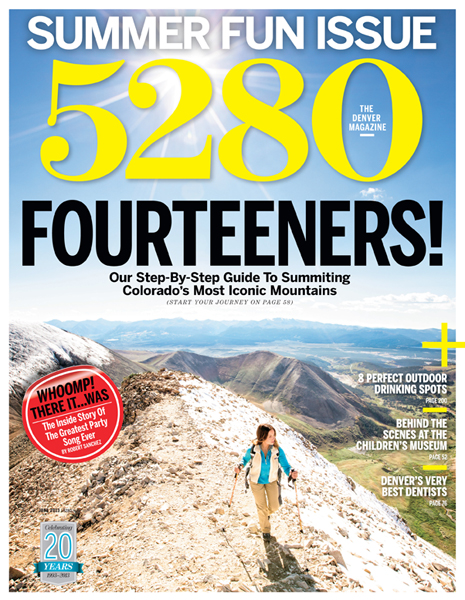The Local newsletter is your free, daily guide to life in Colorado. For locals, by locals.
Having started my career (30 years ago!) as a newspaper reporter, I know from experience just how difficult it can be to cover breaking news. But that doesn’t begin to excuse the truly awful journalism we saw in the aftermath of the Boston Marathon bombings.
In the hours after the blasts, the New York Times and the Wall Street Journal both claimed that additional bombs had been found along the race route. The next morning, the New York Post continued to insist that as many as 12 people had died in the bombings. CNN later infamously reported that a suspect had been arrested—a full two days before Dzhokhar Tsarnaev was finally apprehended.
If this had merely been a tough week for the press it would be bad enough. But we all know that isn’t the case. Decades of newsroom cutbacks combined with an Internet-fueled addiction to speed over accuracy have made these kinds of reporting disasters commonplace. It’s no wonder that media credibility is at an all-time low.
Credibility is a publisher’s only real asset, so we take it very seriously. Which is why I want you to know just how hard we work to ensure the accuracy of what you read in 5280.
Our aim is quite simple: Everything that appears in this magazine should be factually correct. That’s a lofty goal—and we certainly have been wrong from time to time over the years—but our monthly publication schedule does afford us a certain luxury in this regard. Unlike daily newspapers and TV stations, we’re able to subject every article we publish to a rigorous fact-checking process in which the writer must defend and document every facet of his or her reporting. Our fact-checkers sift through reporters’ notes and taped interviews, comb primary and secondary document sources for verification of statistics, and call the people we’re writing about to reconfirm every statement they’ve made.
“It’s our job to take a complete story and tear it apart,” says Lindsey R. McKissick, 5280’s editorial assistant, who oversees our fact-checking efforts with a team of five paid interns. “When we put it back together it has to fit perfectly. If just one piece has a jagged edge, it damages the magazine’s credibility.”
You might think it odd to trust such an important editorial function to younger journalists, but while tedious and difficult, fact-checking provides invaluable training. In addition to seeing firsthand how a complicated story is assembled, fact-checkers also must learn to respectfully challenge the work of more senior journalists, not to mention hold their ground when high-profile sources try to walk back what was said (and often recorded) in an earlier interview. And they do all of this under the constant pressure of anxious editors struggling to meet looming deadlines.
“I liken being a fact-checker to being a great TSA agent,” McKissick says. “Inside a beautifully packaged story, I need to look for what doesn’t belong. I need to find what item could do harm. Going through security can be a pain, but if I do my job right, no one will even think twice about the process they went through.”









